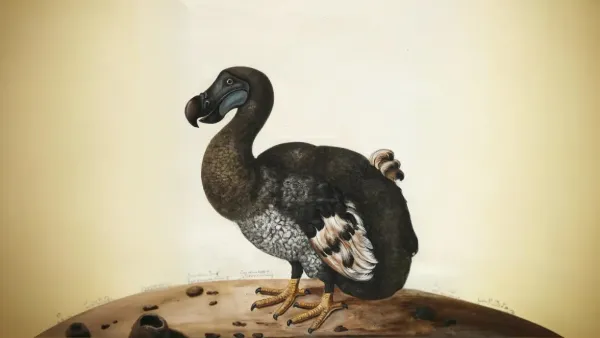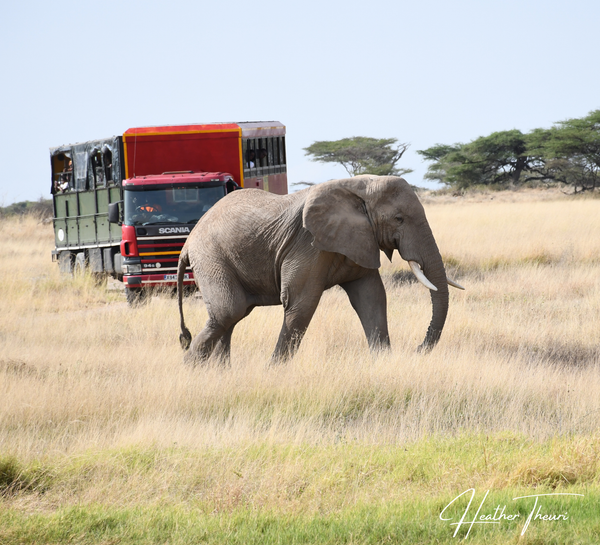Why Ecosystems Depend on Keystone Species
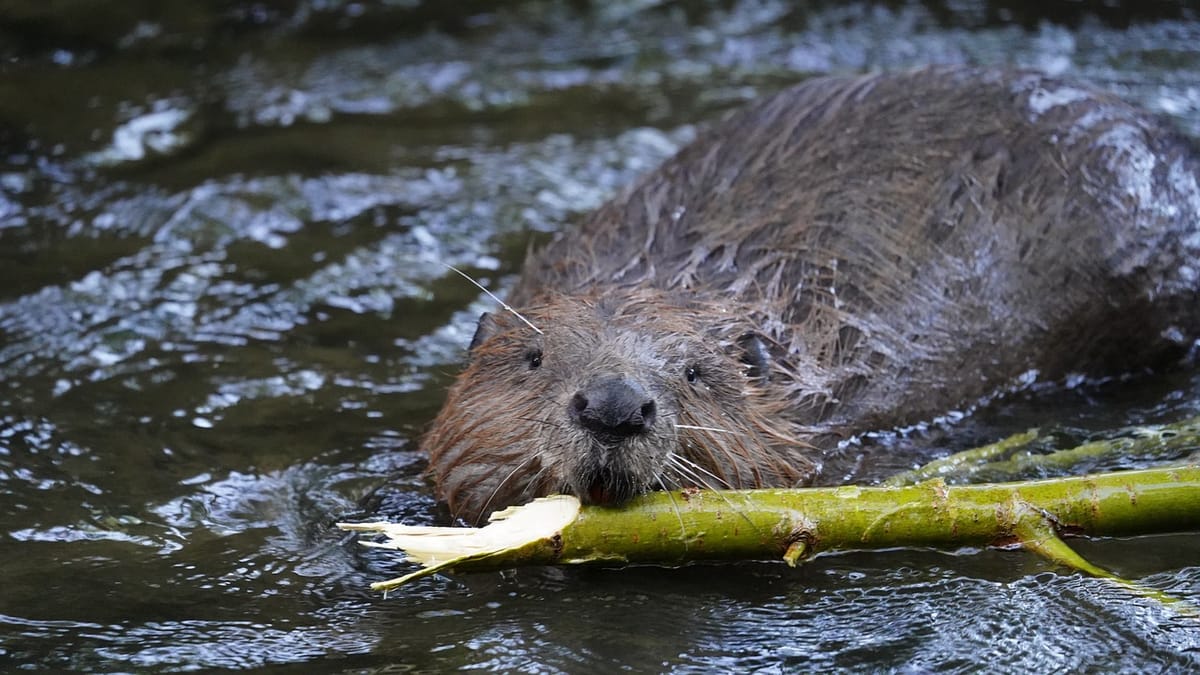
Ever since I discovered I could make cupcakes with fruit juice, I’ve been on a full-on baking spree. Passion juice cupcakes? Life-changing. One experiment led to another, and before I knew it, I was whipping up orange-pear cupcakes without a recipe. My confidence was soaring—until I got bold and tried dry gin cupcakes. Spoiler alert: not all risks pay off. 😅
But here’s the thing—whether it’s passion juice or pear magic, there’s one ingredient I can never skip: flour. It’s the backbone of any good cupcake. Without it, you’re left with a delicious mess that just doesn’t hold together. And guess what? Nature has its own version of flour: Keystone Species.
What’s a Keystone Species?
Keystone species are like the glue in an ecosystem—they hold everything together. Remove them, and the whole system spirals out of control. Think of them as nature’s VIPs, playing essential roles that keep ecosystems balanced and thriving.
The term “Keystone Species” was coined by ecologist Robert Paine in 1966. While studying food webs (basically, who eats who in the wild), he realized certain species are so crucial that their absence triggers a domino effect of chaos. This discovery changed how we understand ecosystems forever. 🙌
Four Types of Keystone Species (and Why They’re Awesome)
Keystone species come in many forms: predators, prey, mutualists, and ecosystem engineers. Let’s break it down, shall we?
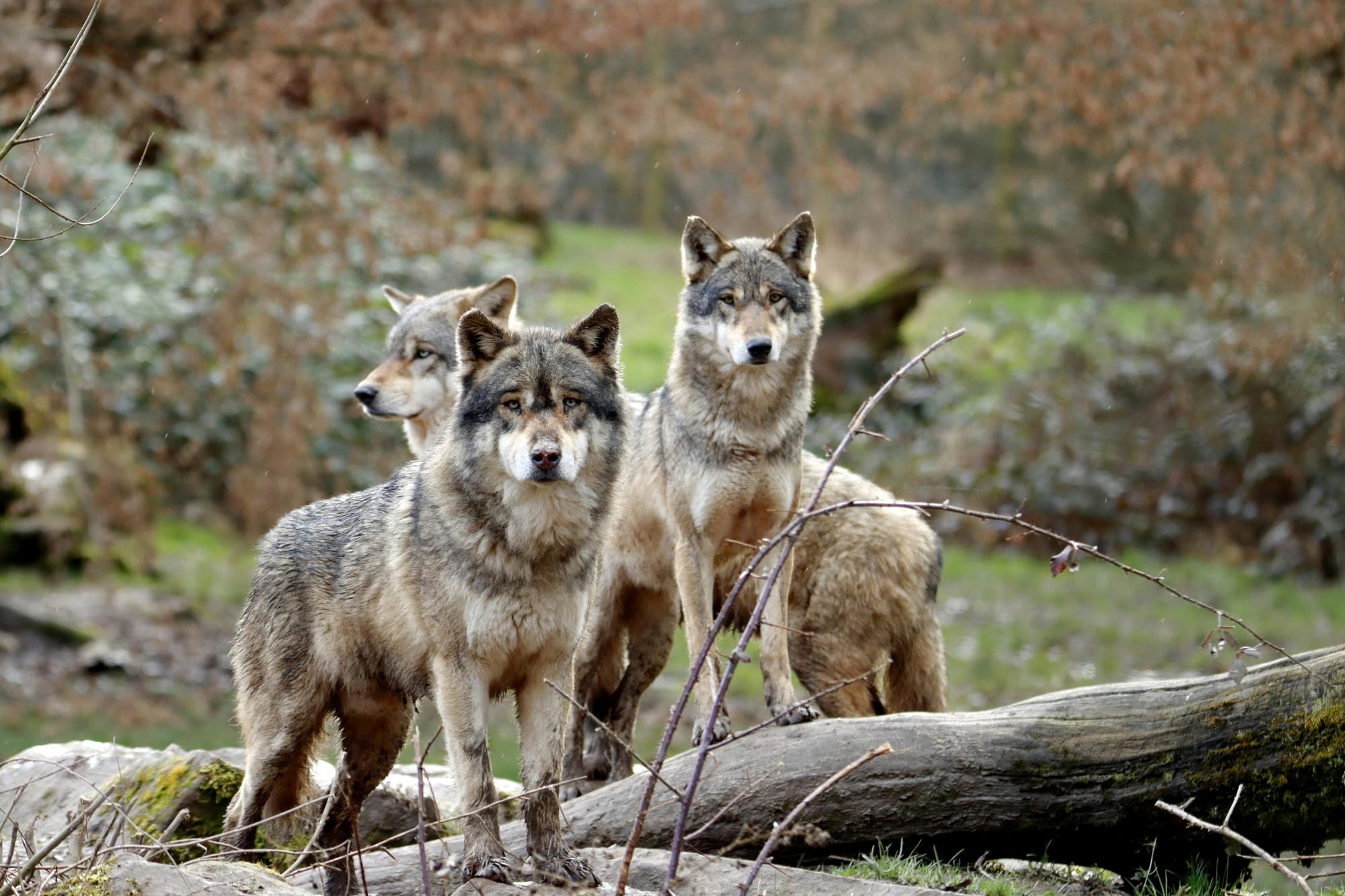
1. Predators: Nature’s Balancers 🐺
In the 1920s, gray wolves were wiped out in Yellowstone National Park. At first, people thought this would make things safer for humans. What actually happened? Elk and deer populations exploded, munching their way through every willow and aspen tree in sight. Without trees, beavers couldn’t build their dams, streams warmed up, and fish populations plummeted.
It took 70 years to realize the mistake. When wolves were reintroduced, they restored balance. Trees grew back, streams cooled, fish thrived, and beavers returned to work. This ripple effect is called a trophic cascade, and it’s proof that predators like wolves, sharks, and sea otters are irreplaceable.
2. Prey: The Ultimate Crowd-Pleasers
Keystone prey species, like Antarctic krill, are the main course for countless predators. These tiny crustaceans are a lifeline for blue whales, seals, penguins, and squid. Without krill, the entire marine ecosystem would collapse faster than an overcooked soufflé.
Other keystone prey include wildebeest, deer, and snowshoe hares. They might not look like heroes, but they’re the unsung stars of the food web.
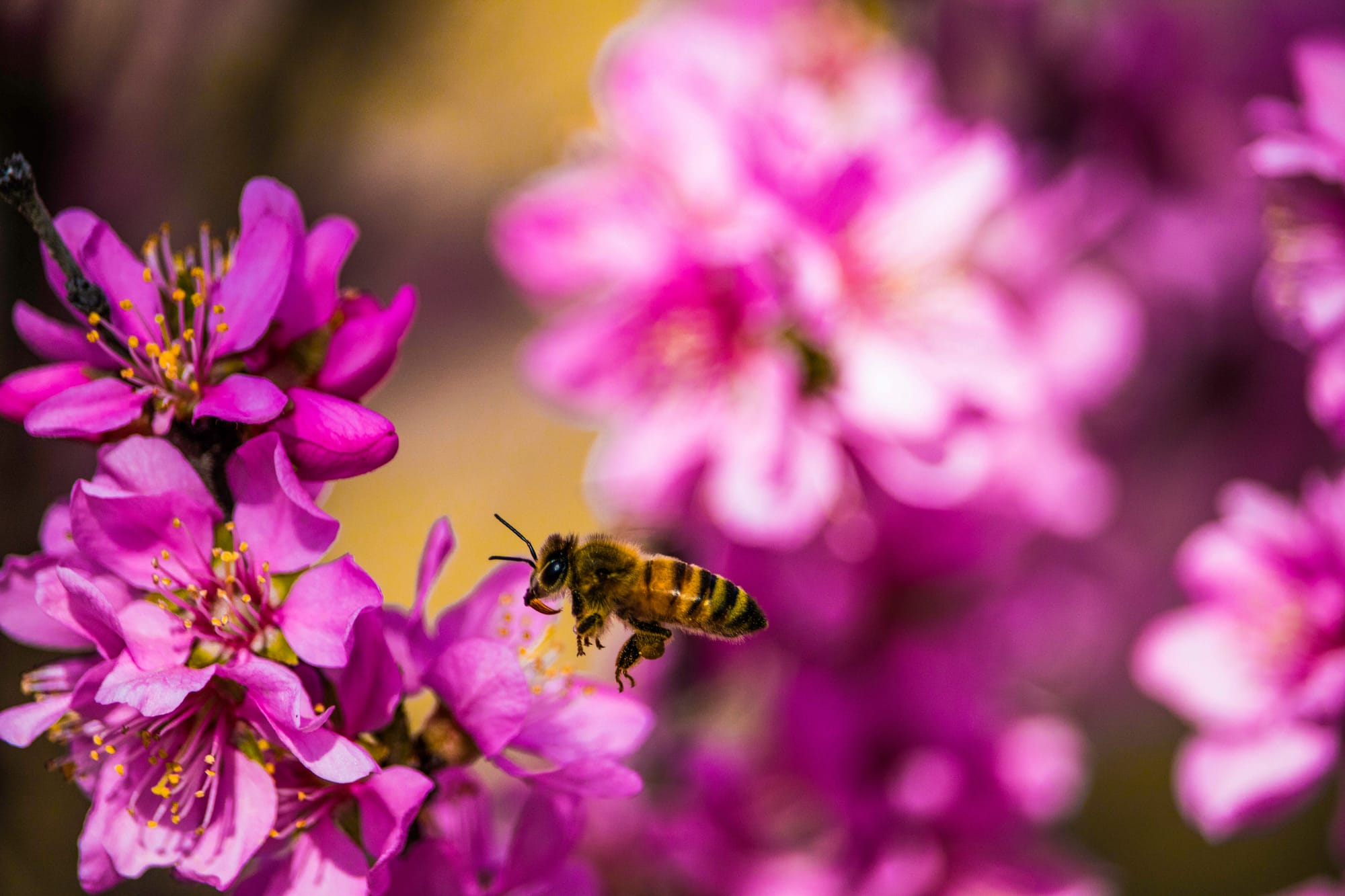
3. Mutualists: The Power of Teamwork
Mutualists are all about collaboration. Take honeybees and flowers: bees pollinate flowers, ensuring they reproduce. In return, bees get nectar to make honey. Without one, the other wouldn’t survive—and eventually, the entire ecosystem would suffer.
This category also includes hummingbirds, whose pollination superpowers keep ecosystems buzzing with life.
4. Ecosystem Engineers: Nature’s Architects 🦫
Beavers are the OG builders of the animal kingdom. Their dams create habitats for countless other species, from fish to insects to birds. Meanwhile, coral reefs act as underwater skyscrapers, housing an astonishing array of marine life.
Ecosystem engineers literally shape the environment, proving that sometimes, a little construction work can change the world.
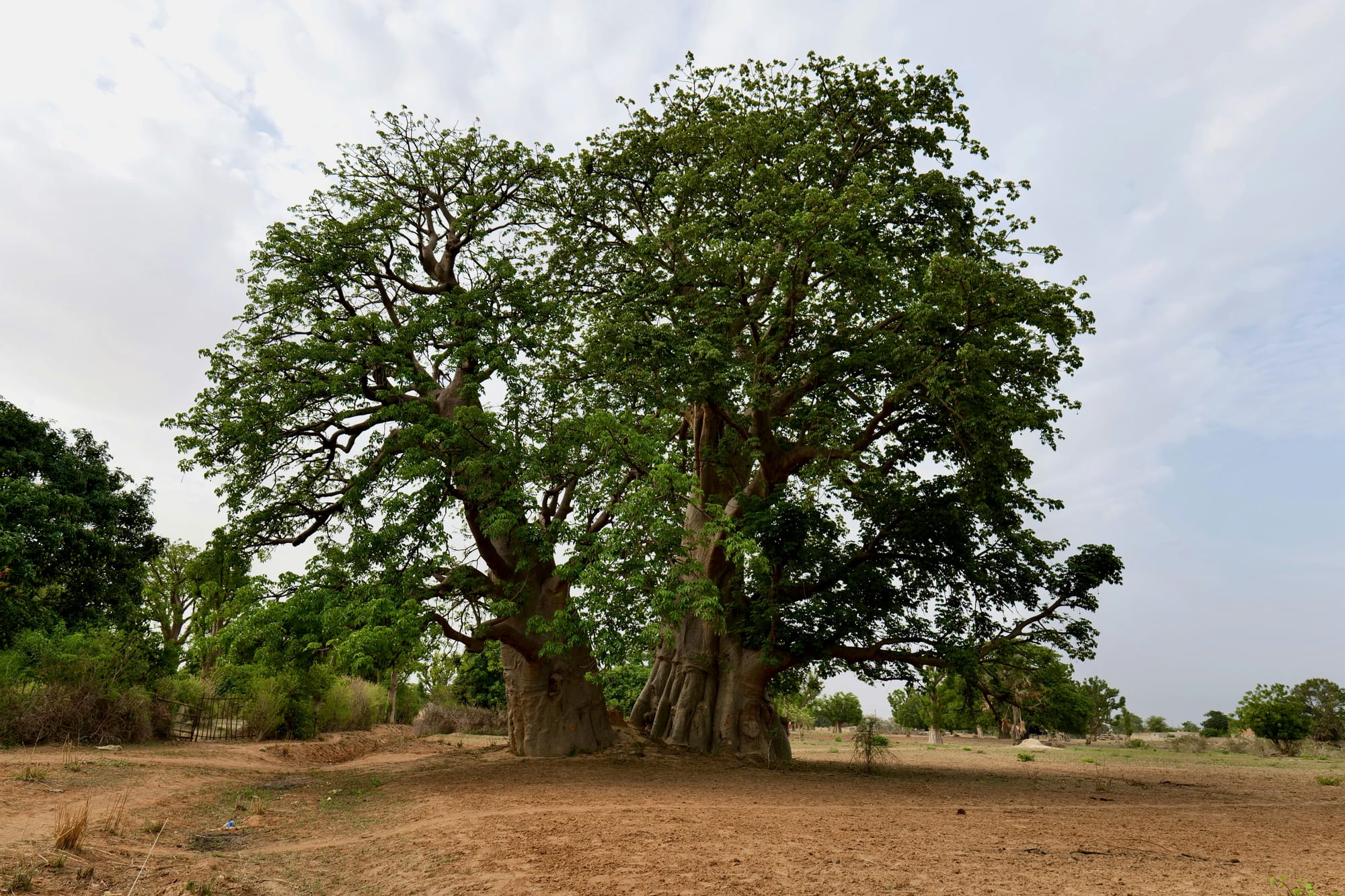
Plant Keystone Species 🌳
Keystone species aren’t all animals! Certain plants, like oak trees, baobabs, and mangroves, are just as vital. They provide food, shelter, and oxygen, acting as the foundation of entire ecosystems. Next time you see a towering baobab or a mangrove forest, give it a little nod of respect.
Flour, Cupcakes, and Conservation
So, the next time you’re explaining keystone species to someone, just think of baking. Keystone species are the “flour” of ecosystems—remove them, and everything falls apart. And just like cupcakes, nature works best when every ingredient (or species) is in balance.
Stay curious, protect the planet, and maybe whip up some passion juice cupcakes while you’re at it. 🌍🧁
Sincerely,
Blue 💙
Sources:
Keystone Species 101. (2019, September 9). NRDC. https://www.nrdc.org/stories/keystone-species-101#examples
Keystone species. (n.d.). National Geographic. https://education.nationalgeographic.org/resource/keystone-species/
Role of keystone species in an ecosystem. (n.d.). National Geographic. https://education.nationalgeographic.org/resource/role-keystone-species-ecosystem/
We were wrong about Wolves, here’s why. (n.d.). Defenders of Wildlife. https://shorturl.at/zFSU0.



